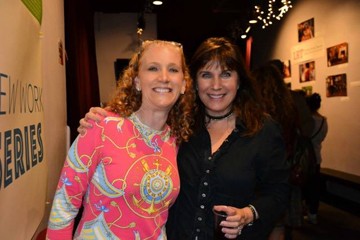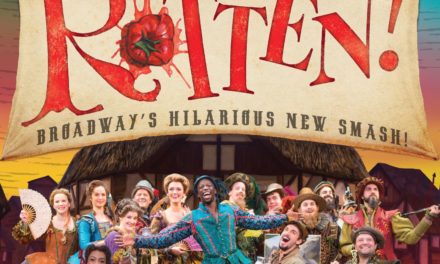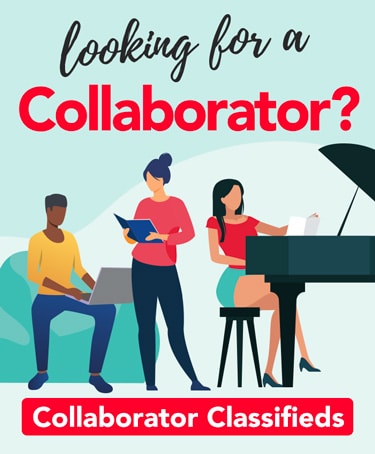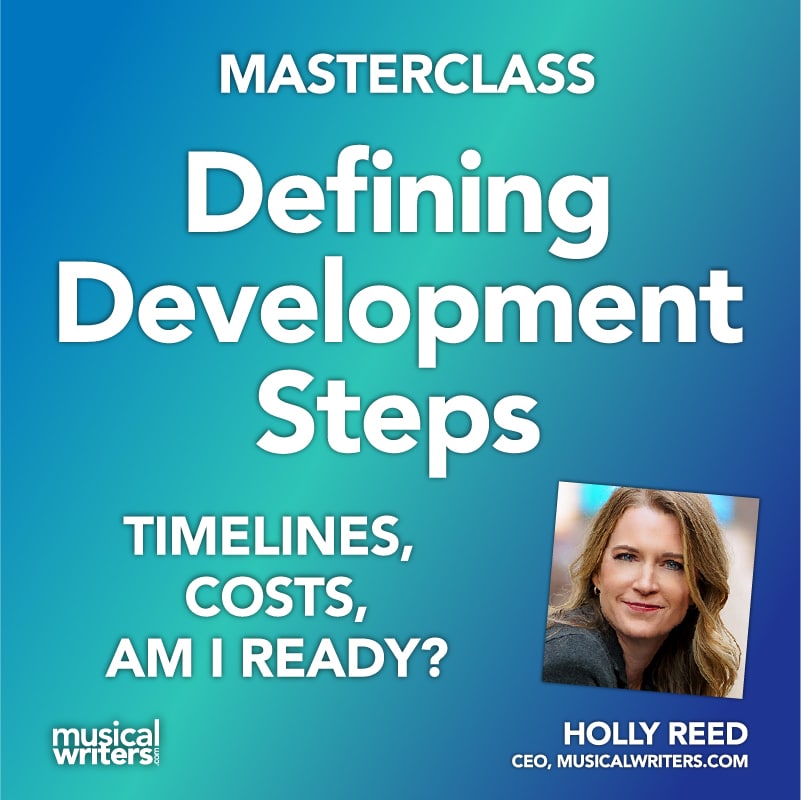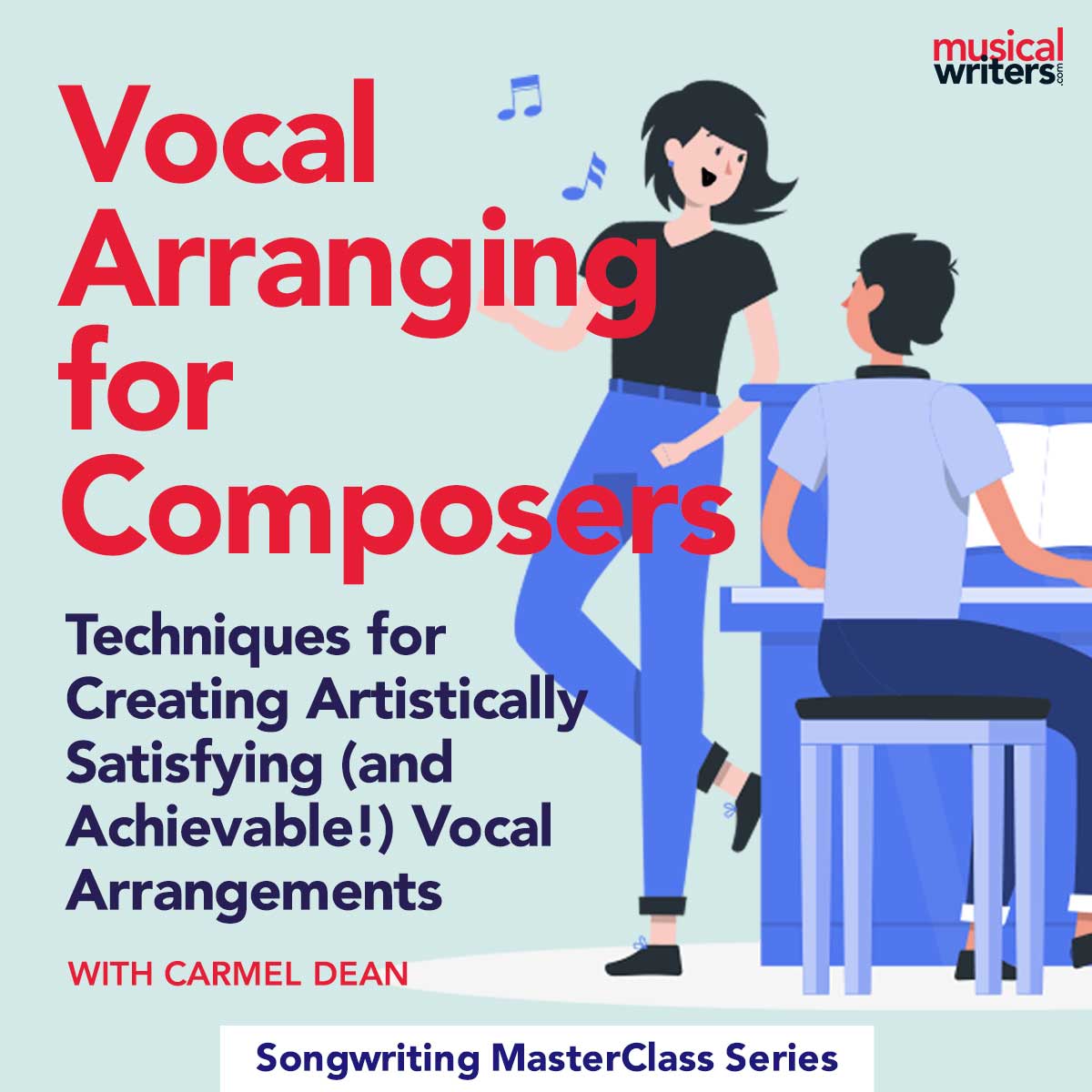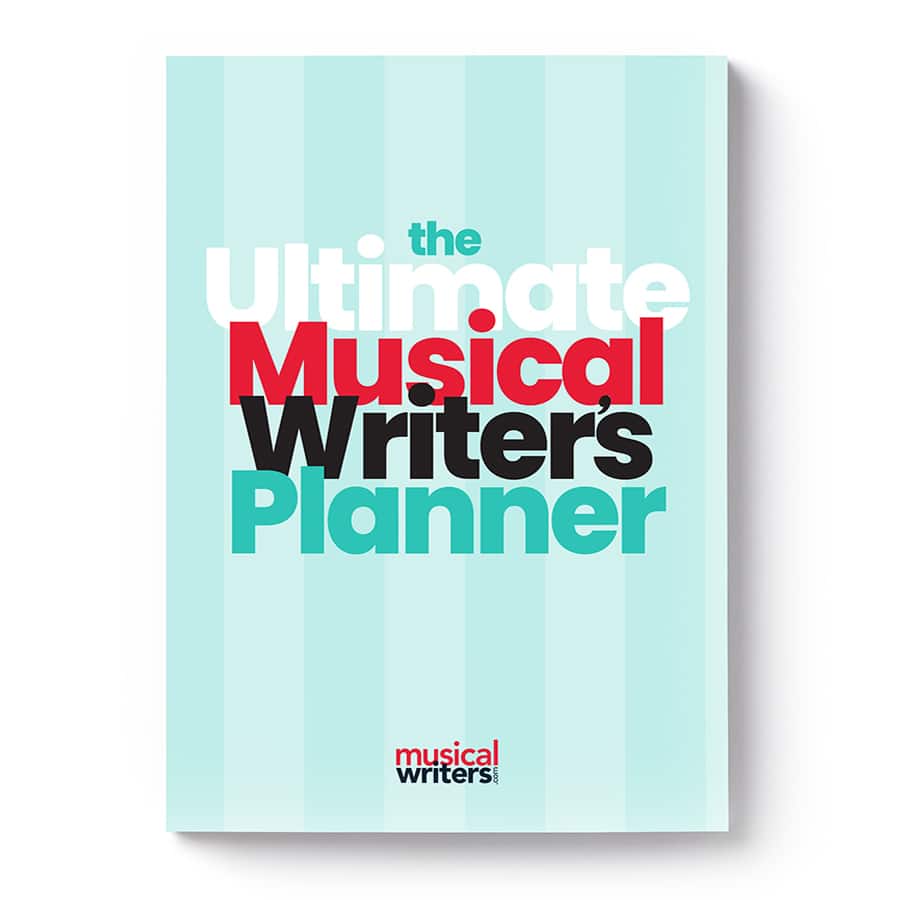Audiences love a winding road
Memorable, popular stories rarely follow a perfectly straight line from beginning to end. The best stories most often traverse a roller coaster path, with ups and downs, sudden plunges and the occasional hard bank one direction or another. Ideally, well-written stories unfold in ways that make it hard for an audience to guess the direction in which the tale will spin. Developing a plot that methodically moves straight ahead with no dips, bends, turns or reversals risks enabling the audience to be one step ahead of the tale you’re telling. This will almost always lead to the kiss of death for all stories—audience boredom. Don’t your favorite stories have a lot of unexpected – but logical – bumps in the road? The very best do.
In order to keep an audience on its toes, most writers will lead the protagonist (and the audience) toward certain assumptions and conclusions, only to turn the tables, rendering those assumptions invalid. Such twists frequently lead to “Aha!” moments of understanding. Most of these can be thought of as epiphanies. This is no less true for musicals than for any other kind of storytelling.
What is an Epiphany?
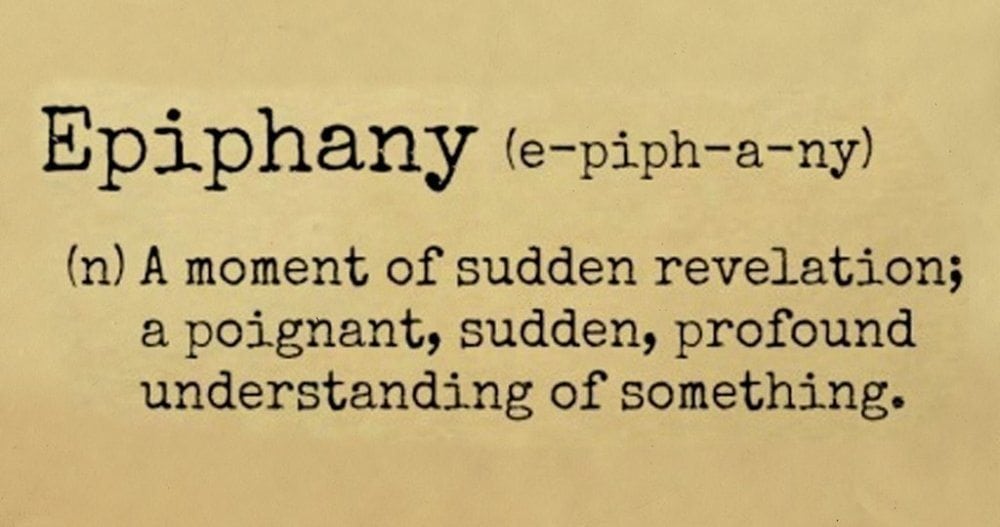
- a usually sudden manifestation or perception of the essential nature or meaning of something
- an intuitive grasp of reality through something (as an event) usually simple and striking
- an illuminating discovery, realization, or disclosure b:a revealing scene or moment…
Storytelling epiphanies
Storytelling epiphanies are an essential form of revelation. Such revelations often come in one of two flavors: 1) both a character (usually, but not necessarily, the protagonist) and the audience discover something and reach an epiphany at the same time, or; 2) the audience has an epiphany ahead of a character. When the latter occurs, a story may quickly develop extreme tension by creating suspense. Though the audience has knowledge about something, the character we’re following is not in the loop. For example: a hidden bomb is about to blow; a love interest is cheating; a student has been accepted at a school but doesn’t know it yet, etc. Such tension is highly desirable.
Memorable epiphanies work best when they are big, bold, important, eye-opening, reenergizing, course altering, and so on.
Examples of epiphanies in musicals
Numerous epiphanies can be found in the show with which I’m most associated, Jekyll & Hyde, The Musical. Right at the top of the show, when Jekyll finishes singing “Lost in the Darkness” to a madman in the asylum, the audience learns that the madman is actually Jekyll’s father. This is an epiphany for the audience, not Jekyll. Or in one of the show’s most well-known moments, upon injecting himself with HJ7, Jekyll and the audience realize something may be not quite right. The violent emergence of Edward Hyde also can be thought of as a kind of epiphany.
Depending on how you employ an epiphany, it can lead to either more story tension or the relief of it. Isn’t is a huge relief when it’s revealed at the end of The Music Man that Harold Hill has given up his con man ways by providing trombones to the children so that they can march and play?
Audiences prefer being unable to anticipate an epiphany; such moments ought to arrive as a twist or surprise. But epiphanies must never come purely out of the blue. Why? Because it’s okay to deceive an audience (leading us to an epiphany), but such revelations must be wholly integrated into the story, not dumped on the audience from nowhere. This would seem like a cheat. In other words, it must not be a Deus Ex Machina that arrives with nothing internal to the story to support the epiphany.
Sometimes epiphanies spur a character on. When Jekyll later asks permission of the Board of Governors to experiment on inmates of the asylum, he’s turned down. That night he heads off to The Red Rat with Utterson, meets Lucy, and reaches a life-altering epiphany – he’ll experiment on himself.
Sometimes a revelation will cause a character to stop and reassess and/or alter his or her plans. Some epiphanies are true, some false. It is common to see at least two big epiphanies, sometimes more in a full length musical. These can be reversals or grand twists, but they can also be simple true or false assumptions that refocus the characters or the story or both. For example, Utterson enters Jekyll’s laboratory only to discover the evil Edward Hyde. The audience knows it’s Jekyll but Utterson does not – until Jekyll reveals himself.
Effective placement of epiphanies
Epiphanies can occur at almost any time during the unfolding of a story. But it is best when major epiphanies are laid out so that they don’t land too closely together. Sprinkle epiphanies conservatively throughout the whole. Try to place meaningful epiphanies somewhere between the point of no return and the midpoint, and then again somewhere between the midpoint and big gloom. This will help the long and often ungainly second movement of a story chugging along by keeping the protagonist, and in turn the audience, off balance and on their toes.
How about your story? Do you already have a powerful epiphany or two along the way? Great! If not, try adding one or more and you might just find yourself creating a show that thrills audiences on Broadway and beyond.
Here’s to your every success in writing musical masterpieces we can all enjoy!
Steve Cuden
www.stevecuden.com


